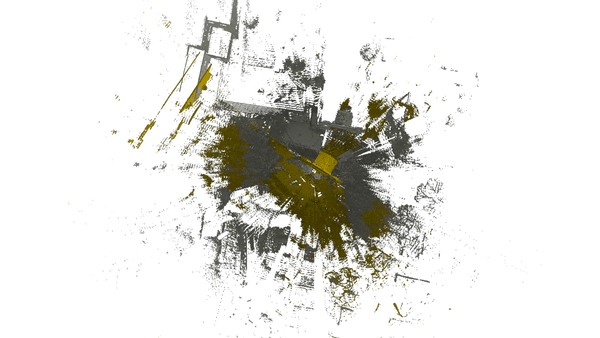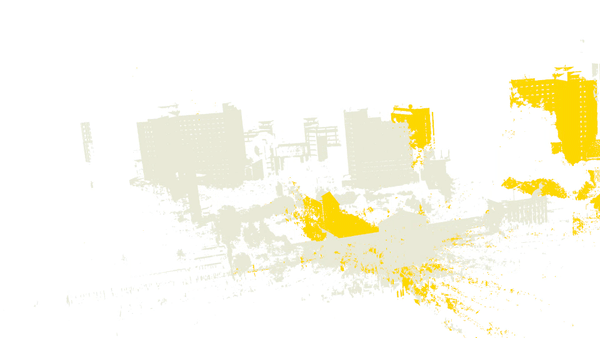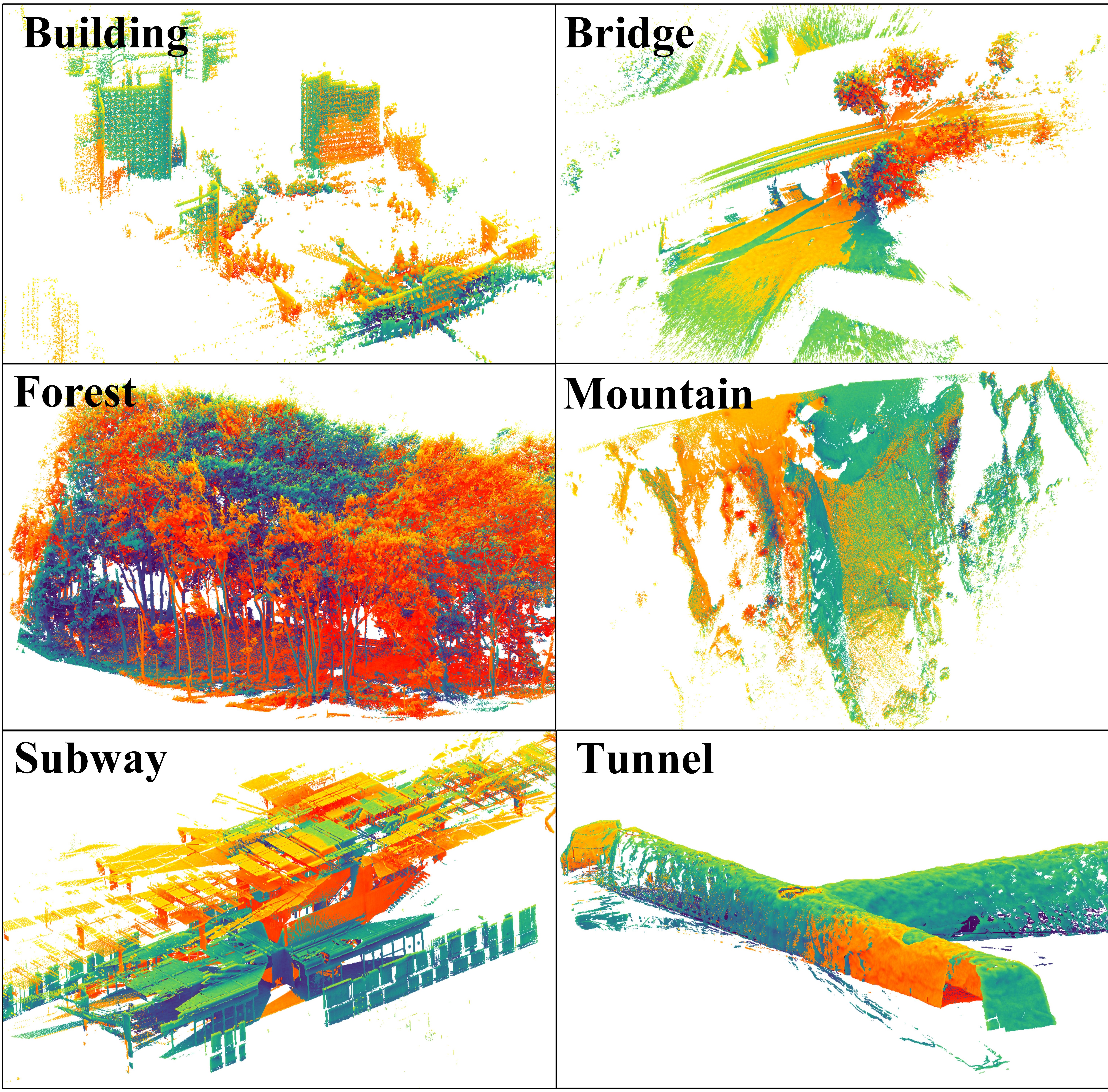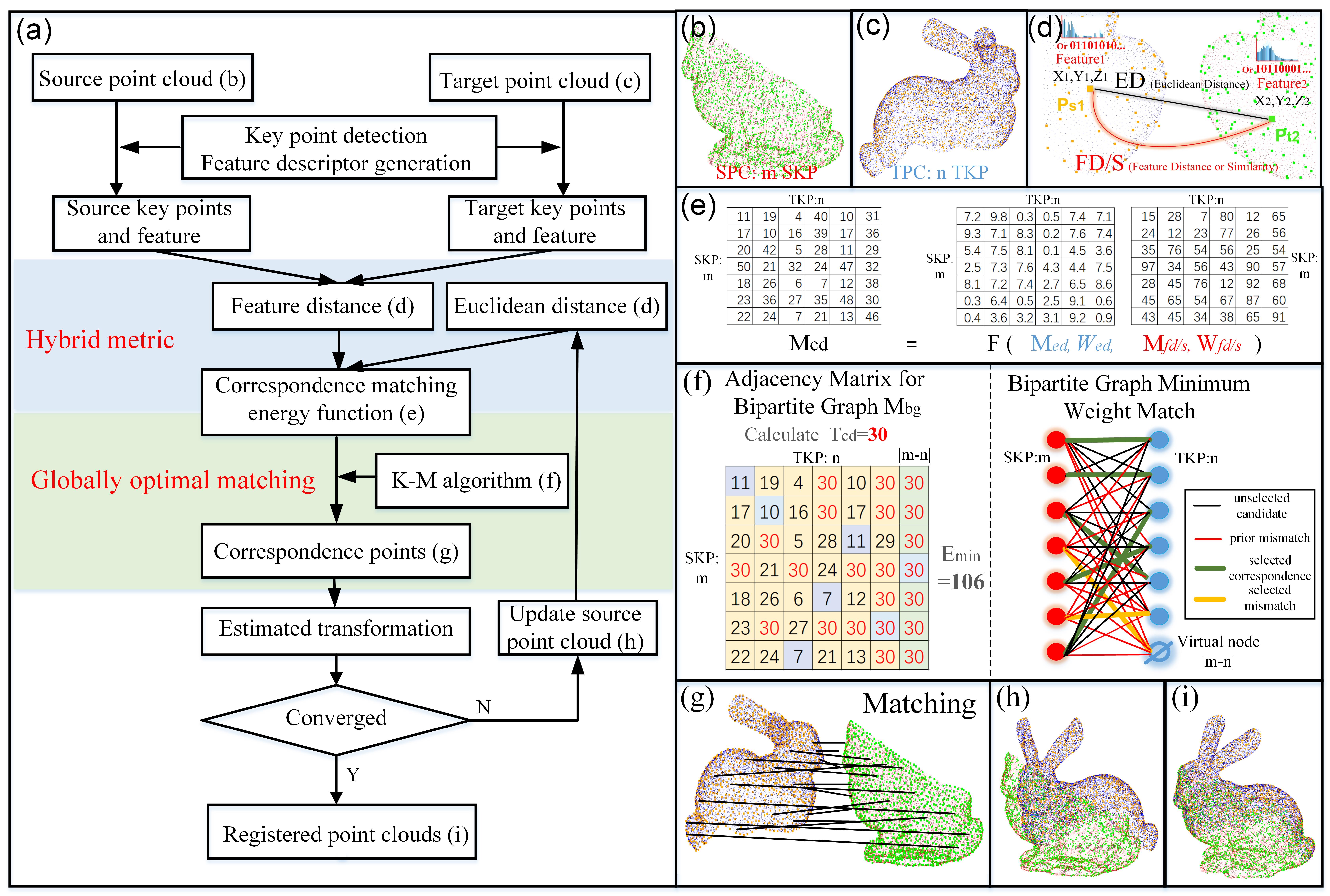GH-ICP is a robust coarse-to-fine pairwise point cloud registration method.
Two key innovative points over ICP are:
-
Global optimal matching (Using Bipartite Graph and KM algorithm)
-
Hybrid metrics (Using Euclidean distance and feature distance at the same time)
The earlier conference version of GH-ICP is called Iterative Global Similarity Point (IGSP).
To highlight two key innovative points of the algorithm, we renamed IGSP as GH-ICP.
If you find our work useful in your research, please consider citing:
@INPROCEEDINGS{yue2018igsp,
author={Yue, Pan and Bisheng, Yang and Fuxun, Liang and Zhen, Dong},
booktitle = {2018 International Conference on 3D Vision (3DV)},
title={Iterative Global Similarity Points: A robust coarse-to-fine integration solution for pairwise 3D point cloud registration},
year={2018}
}
Compiled with Visual Studio 12 2013 Win64 Release / Debug Passed, see former release
- Install dependent 3rd libraries
PCL(>=1.7), LibLas(Optional for las data IO)
- Compile
mkdir build
cd build
cmake ..
make
- Run
cd ..
# configure the script/run.sh file for editting the data path and key parameters
sh script/run.sh
- Parameter configuration
#./script/run.sh
#parameters setting example for large scale (100m+) TLS data
using_feature=B; # Feature selection [ B: BSC, F: FPFH, R: RoPS, N: register without feature ]
corres_estimation_method=K; # Correspondence estimation by [ K: Bipartite graph min weight match using KM, N: Nearest Neighbor, R: Reciprocal NN ]
downsample_resolution=0.1; # Raw data downsampling voxel size, just keep one point in the voxel
neighborhood_radius=0.5; # Curvature estimation / feature encoding radius
curvature_non_max_radius=1.5; # Keypoint extraction based on curvature: non max suppression radius
weight_adjustment_ratio=1.1; # Weight would be adjusted if the IoU between expected value and calculated value is beyond this value
weight_adjustment_step=0.1; # Weight adjustment for one iteration
registration_dof=6; # Degree of freedom of the transformation [ 4: TLS with leveling, 6: arbitary ]
appro_overlap_ratio=0.6; # Estimated approximate overlapping ratio of two point cloud
launch_realtime_viewer=1; # Launch the realtime registration viewer during registration or not (1: Launch, 0: Not launch)
- Data preparation
You can test on the online available point cloud data and registration dataset such as Robotic 3D Scan Repository, ETH PRS Registration Dataset, ETH ASL Registration Dataset, 3D Match, etc.
You may apply the format transform tool to get the data ready for registration.
You can also use your own data and edit the data path in the shell file. Four formats of point cloud data are available (*.pcd, *.las, *.ply, *.txt) for IO.
#./script/run.sh
#data path
target_point_cloud_path=...
source_point_cloud_path=...
output_point_cloud_path=...
- Analysis
Some other well-known automatic registration algorithms are also provided in this repo. and you may apply them as reference.
If you find the Binary Shape Context (BSC) feature used in this repo. useful in your research, please consider citing:
@article{dong2017novel,
title={A novel binary shape context for 3D local surface description},
author={Dong, Zhen and Yang, Bisheng and Liu, Yuan and Liang, Fuxun and Li, Bijun and Zang, Yufu},
journal={ISPRS Journal of Photogrammetry and Remote Sensing},
volume={130},
pages={431--452},
year={2017},
publisher={Elsevier}
}



